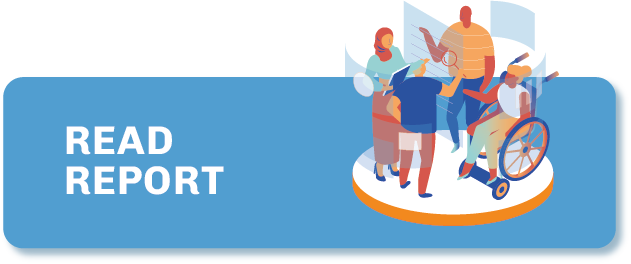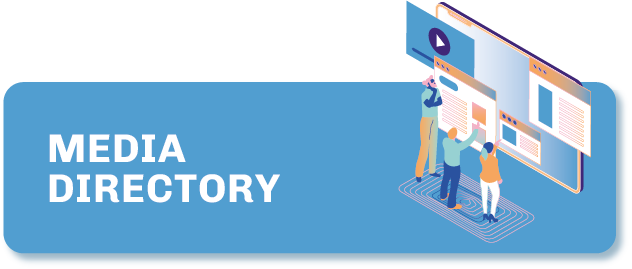Liechtenstein
A constitutional monarchy with a population of just under 40,000, Liechtenstein has only two newspapers, one radio and one TV station. There are no independent digital media outlets in the country, though its German-speaking citizens have access to diverse outlets from Germany, Switzerland and Austria.
GENERAL INFORMATION
Press
freedom
ranking
Internet
penetration
POPULATION
Press freedom
Despite its low media diversity, Liechtenstein has a comparatively high ranking on Reporters Without Borders’ Press Freedom Index, possibly due to the easy access to other German-speaking media publications from the region. The organisation notes that journalists have come under verbal attack especially in the context of demonstrations against Covid-19 restrictions. In 2021, a key political figure, Aurelia Frick, attempted legal action against the newspaper Vaterland, owned by the party VU, to disrupt reporting on an ongoing court case against her. The social, green opposition party Freie Liste (FL) also attacked journalists in 2021 “for the first time after the two national dailies published the findings of an investigation into the party”, adds Reporters Without Borders.
Market structure and dominance
The only radio channel, RadioL, is a public broadcaster under the Liechtensteinische Rundfunk LRF (National Broadcast Institution) with around 30,000 listeners, according to its own website, notes State Media Monitor. It adds that the independent LRF is regulated by public law, managed by a diverse, rotating board of directors and supervised by the government. The two newspapers, Liechtensteiner Vaterland and Liechtensteiner Volksblatt, are owned by the two main ruling parties, Vaterländische Union (VU) and Fortschrittliche Bürgerpartei (FBP), respectively.
Despite this concentration and closeness to party and government funding, the quality of newspapers and radio is regarded as very high/high by 45-70% of those polled in a recent survey. The only television station, 1FLTV, owned by an Austrian company, is less popular and criticised for its quality, according to the same survey. In 2018, the opposition party Freie Liste demanded a referendum to review “how the diversity of media and opinion, as well as the independence, neutrality, objectivity and quality of media companies could be improved”.
How media is funded
Both national newspapers are owned by political parties, subsidised by the state and also work with paywalls for their digital content. They have recently been considered to be under financial pressure, as evidenced by staff reductions at Vaterland, and reductions in the number of print offers produced weekly by Volksblatt. The public broadcaster LRF is financed through around CHF 2.6 million in state contributions, as well as around CHF 725,000 in commercial income and revenues from other sources, according to State Media Monitor.
The state also subsidises the two national dailies, with around CHF 1.7 million of a total of CHF 1.8 million additional funding available reportedly paid out in 2017, while 1FLTV reportedly received significantly less. A proposal to introduce a licence fee was shelved in 2015, and the state contribution system maintained instead, according to State Media Monitor.
Private funding opportunities are also limited, due to a small advertising market (as highlighted by Reporters Without Borders), as well as high income levels and standards of living, and strong levels of connection within the small citizenry, as noted in an interview with Marius Dragomir, founding director of the Media and Journalism Research Center (MJRC).
Despite an internet penetration rate of 100% and high income levels, there are no independent, digital media outlets in Liechtenstein.
A survey identified that at least 41% of people would welcome additional public funding for online media. However, compared to the relatively high subscription levels for print versions of the daily newspapers (44% for Liechtensteiner Vaterland and 26% for Liechtensteiner Volksblatt), their online subscriptions are at only 11% and 5% respectively, according to the survey. Marius Dragomir has also noted the existence of Liechtenstein.li as a source of local information – though rather than being an independent news source, this is run by public authorities and implemented by a local marketing company with a focus on tourism.
Last updated: January 2023
CREDIT FOR STATISTICS: Press Freedom statistics, RSF Press Freedom Index 2022; Internet penetration and population statistics, from Internet World Stats

